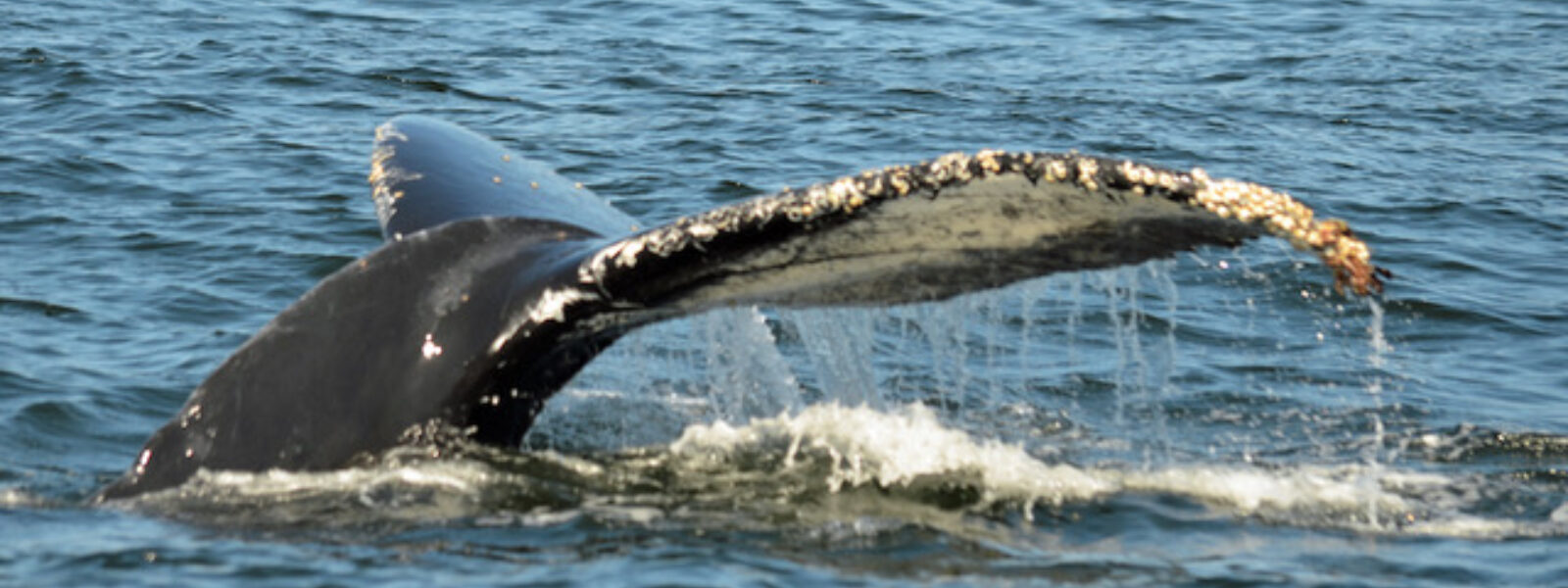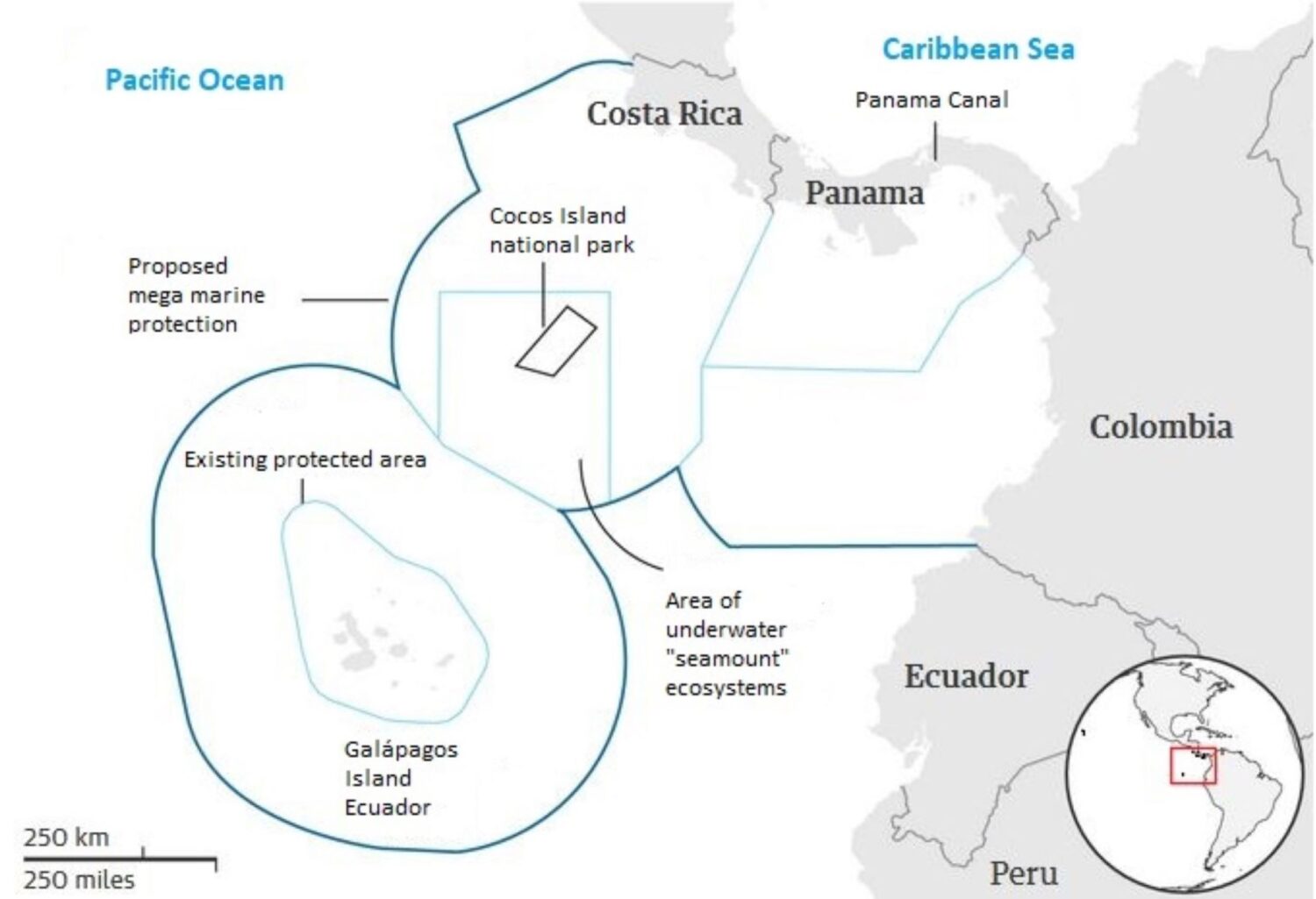
Latin America’s Marine Protected Areas on the Increase
Photo credit: Mark J. Palmer
By Angel Herrera-Ulloa, PhD
Since 1993, Angel Herrera-Ulloa has been Latin America Director for the International Marine Mammal Project’s (IMMP) International Monitoring Program for Dolphin Safe tuna. Angel holds a PhD in Ecology (CIBNOR at Baja Mexico), a Masters degree in Natural Resource Management, an MBA (INCAE, Costa Rica), and a Bachelors of Science in Marine Biology (UNA, Costa Rica). He has authored more than 15 scientific articles and co-authored two books. In addition to his efforts to protect dolphins from drowning in tuna nets through monitoring tuna companies, Angel has been active in establishing marine protected areas. He is based in Costa Rica.
***********************************
The Latin America´s Exclusive Economic Zones (EEZ) and an increase of Marine Protected Areas according with Goal 14 of the United Nations Sustainable Development Goals
As a continuation of the Millenium Development Goals, the Sustainable Development Goals (SDG), established by the United Nations General Assembly in 2015, has an ambitious agenda with 17 goals in total. There is not yet agreement if this initiative is the best way to reach sustainability, because our societies still aim towards economic growth rather than the sustainability of the Earth. 2030 is the deadline for the current SDG, and there are new efforts planned to launch updated goals before that deadline.
The SDG Goal #14 reads: “Conserve and sustainably use the oceans, seas and marine resources,” and the target #14.5: “By 2020, conserve at least 10 percent of coastal and marine areas, consistent with national and international law and based on the best available scientific information.” The US is the American country with the most marine protected areas (MPAs), more than 1,600,000 square miles (about 41% of the US EEZ).
However, many Latin American countries are encouraging efforts to achieve not only the 10% SDG target, but also to increase the MPAs up to 30% of their EEZs.
Chile has about 41% of its EEZ protected as MPAs (almost 716.000 square miles); Argentina has almost 12% (53.000 square miles); Brazil almost 27% (397.000 square miles); and Mexico almost 22% (429.000 square miles).

Existing and proposed protected areas along the Pacific Coast of Latin America -- also known as the Galapagos - Cocos Swimway for whales, sharks and sea turtles. Map details prepared by Dr. Angel Herrera.
In the Pacific Ocean equatorial region, under the Eastern Tropical Pacific Marine Corridor (CMAR) initiative, countries are determined to further increase MPAs, a special effort by Costa Rica, Colombia, Ecuador and Panama. Costa Rica recently increased its EEZ MPA up to 178.000 square miles (almost 31% of its EEZ). Colombia has protected 62.000 square miles (20% of its EEZ), while Panama has increased by 38.000 square miles (29% of the EEZ).
The overall effort aims to form one interconnected area – once complete, almost 200,000 square miles, it will be one of the world’s richest pockets of ocean biodiversity. The International Marine Mammal Project of Earth Island Institute has been a strong supporter of the effort to establish a large, protected swimway between the coast, the Cocos Islands of Costa Rica, and the Galapagos Islands under Ecuador’s protection.
Any effort to protect the seas is a step forward, but these protected areas must be supported with human and financial resources in order to avoid a “paper park.” The four Latin American countries that are part of the CMAR initiative have made progress with the enforcement and success of the project, but the scrutiny of the people must be focused on the full accomplishment of the goals. Countries must work as well not only to be successful in this one target of the SDG, but also for all the other goals.
****************************************
